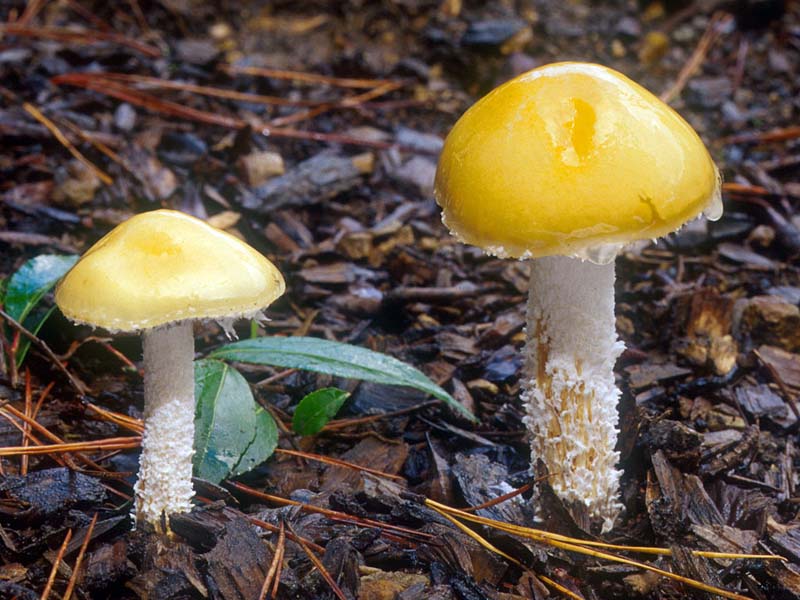From Wikipedia:
Stropharia rugosoannulata, commonly known as the wine cap stropharia, "garden giant", burgundy mushroom or king stropharia (Japanese: saketsubatake), is an agaric of the family Strophariaceae found in Europe and North America, and introduced to Australia and New Zealand.
Unlike many other members of the genus Stropharia, it is widely regarded as a choice edible and cultivated for food.
